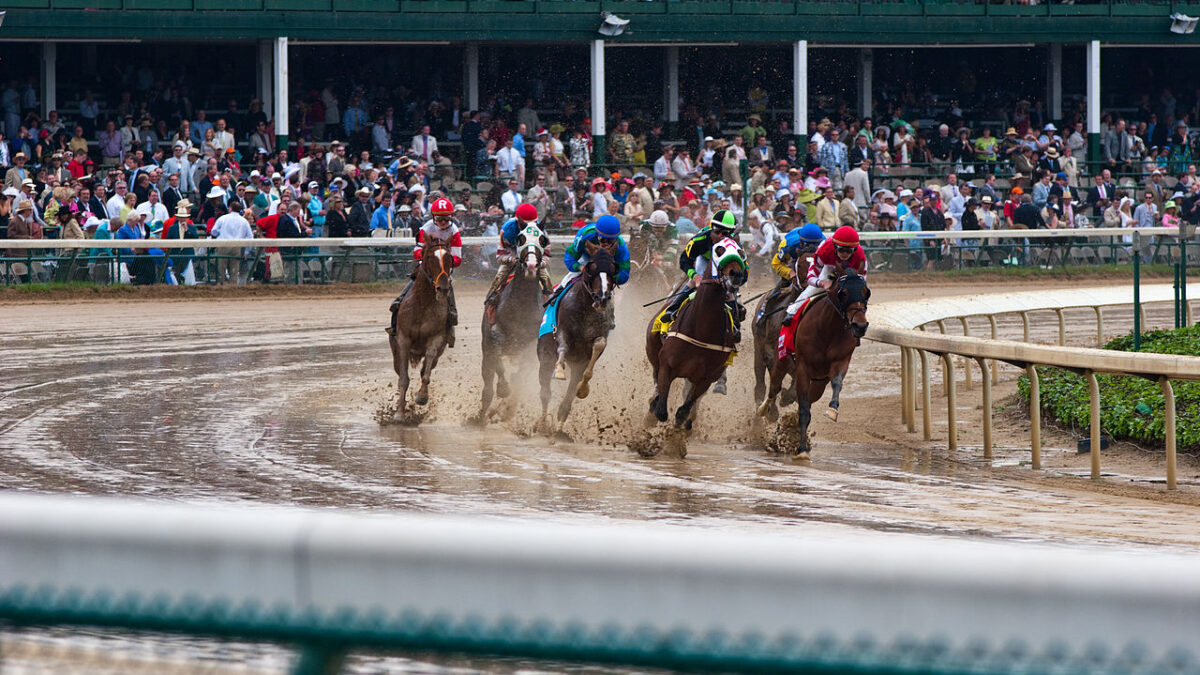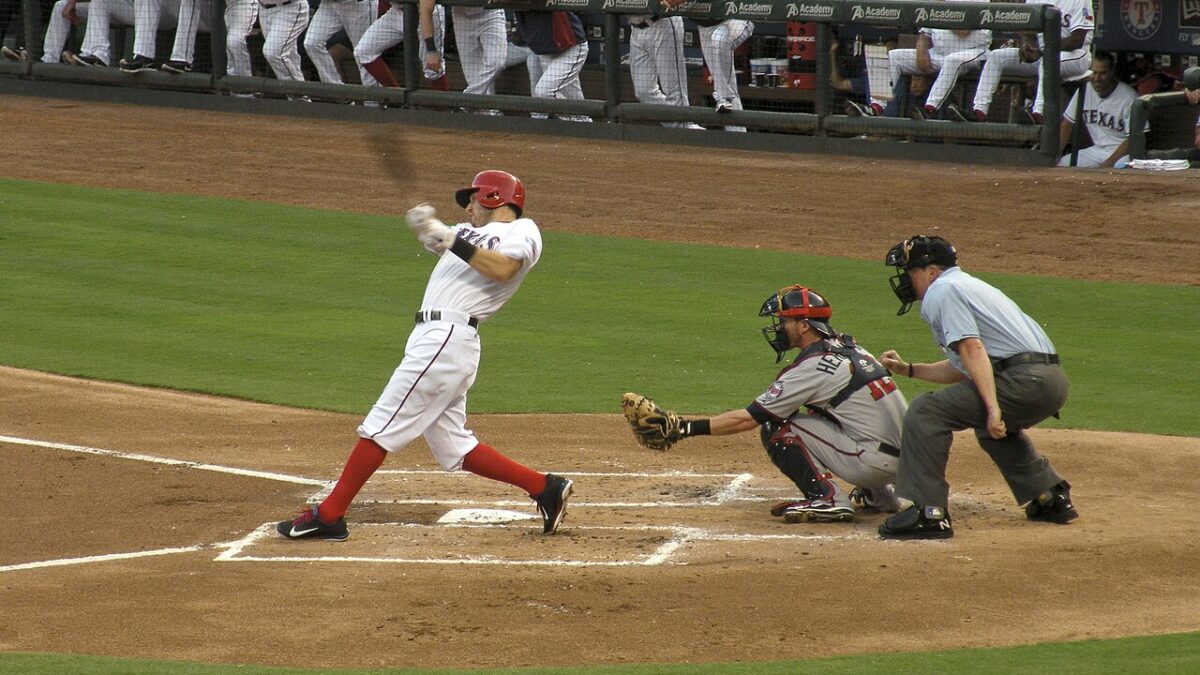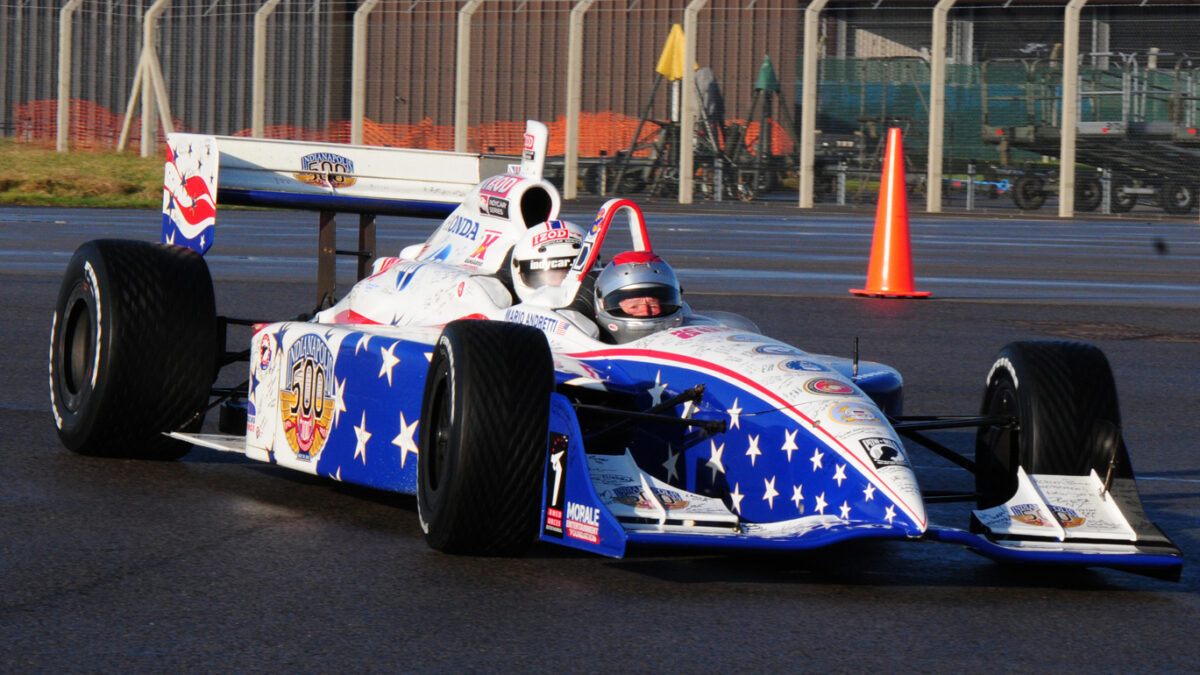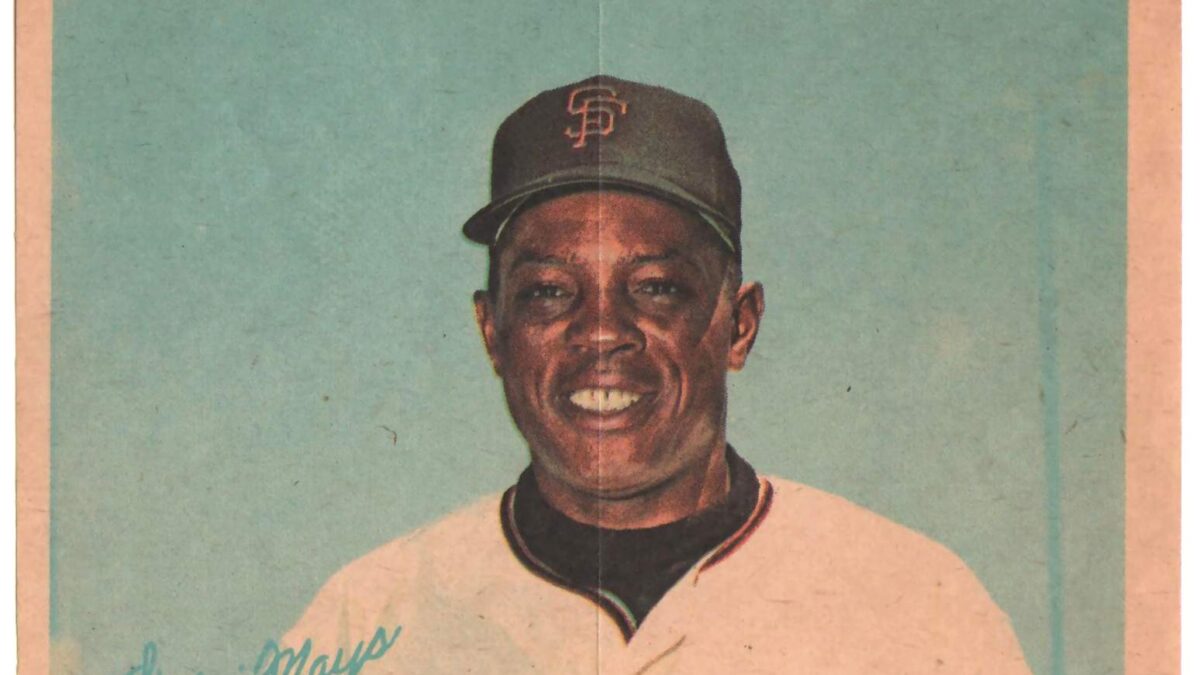While royal watchers the world over focused on Westminster Abbey and the first coronation of a British monarch in nearly seven decades, the sporting world had other interests in mind this weekend. The first Saturday in May always brings with it the country’s longest continually-run sporting event, the Kentucky Derby.
Among major sporting events, the Super Bowl brings with it more television eyeballs than the Derby. The Indianapolis 500, held later in the month of May some 120 miles or so north of Louisville’s Churchill Downs, attracts more people.
But the Kentucky Derby stands as perhaps the nation’s premier spectator sport precisely because, more than any other event, the spectators are the sport.
Tragedy Overshadowing Triumph
Events leading up to this year’s 149th running of the Derby began with a happy commemoration. Half a century ago, Secretariat won the 1973 Derby in a record time of 1:59:40, completing the first leg of what would become a historic Triple Crown.
But in recent days, the focus shifted from celebrating thoroughbreds, both Secretariat then and this year’s Derby entrants now, to much more unpleasant subjects. The deaths of several horses in the run-up to Derby Day led to the suspension of trainer Saffie Joseph Jr., and the scratch of his Derby starter, Lord Miles. With two of the deaths, both of Joseph-trained horses, unexplained, and two other horses sustaining injuries on Wednesday during training, Churchill Downs preemptively scratched Lord Miles as a precautionary measure.
The tragedies continued on Derby Day itself, as two more horses, Chloe’s Dream and Freezing Point, suffered injuries in undercard races prior to the Derby and had to be euthanized. The incidents brought the number of deaths to seven this month, prompting a series of renewed questions about horse racing’s safety. Just as more than 30 deaths at California’s Santa Anita racetrack four years ago prompted reforms, additional changes could come in the weeks and months ahead, on top of the antidoping regulations scheduled to take effect in two weeks’ time.
In total, safety concerns led to five horses scratching from Saturday’s featured race, including betting favorite Forte, who was withdrawn the day of the Derby due to a bruised right foot. While a total of 18 horses entered the starting gate Saturday evening, only Mage stepped into the history books, capturing the Derby in 2:01:57.
More than the Horses
The horses provide the setting for, and backdrop to, the Derby — and an impressive one at that. The power and elegance of a passel of thoroughbreds, their hooves pounding into the earth as they gallop like the wind, are a sight to behold in and of themselves.
But the roar of the crowd at the nation’s biggest horse race — more than 150,000 voices in full throat as the field approaches the homestretch — provides its own distinct accompaniment to the festivities. That is as it should be, and not just because trainers instruct the horses on how to maintain their focus despite the din.
As much as it celebrates the “sport of kings,” the Kentucky Derby also provides an opportunity to see and be seen. Attendees come bedecked in their finest spring apparel (whilst praying for a favorable forecast, lest rain ruin their immaculate wardrobes).
Men sport suits in all manner of pastel colors, some with fancy floral or other prints (horses, for instance). Women wear summery dresses, often accompanied by frilly millinery, just as men up their hat game, with fedoras, bowlers, top hats, and boaters well represented. Some couples even color-coordinate their outfits, the better to make a fashion statement.
The focus on attire illustrates the communal nature of the event. Churchill Downs goes so far as to host a fashion contest during the Kentucky Oaks, held the Friday before the Derby. As much as attendees come to see the country’s best thoroughbreds race, they also come to mingle with the crowd, observe (and be part of) the spectacle, and give (as well as receive) compliments regarding the attire.
In many ways, the Derby hearkens back to the notion of a communal activity popular in Mediterranean cultures. La Passegiata, the Italians call it — the traditional evening stroll, which connects members of a community with each other, and with a sense of place.
The Kentucky Derby serves many of the same functions within not just the parochial confines of Louisville, but the South as a whole. From the fancy dress to the manners on display, the Derby shows the quintessence of southern gentility on display, both that of the understated “old money” and the flashier nouveau riche. It functions as such an important cultural touchstone that individuals who have little interest in, or knowledge of, horse racing could find it a compelling event to attend.
Two minutes can go by seemingly in an instant. And yet over the course of nearly a century and a half, the Kentucky Derby, the “fastest two minutes in sports,” has become both a spectacle and a cultural institution.









